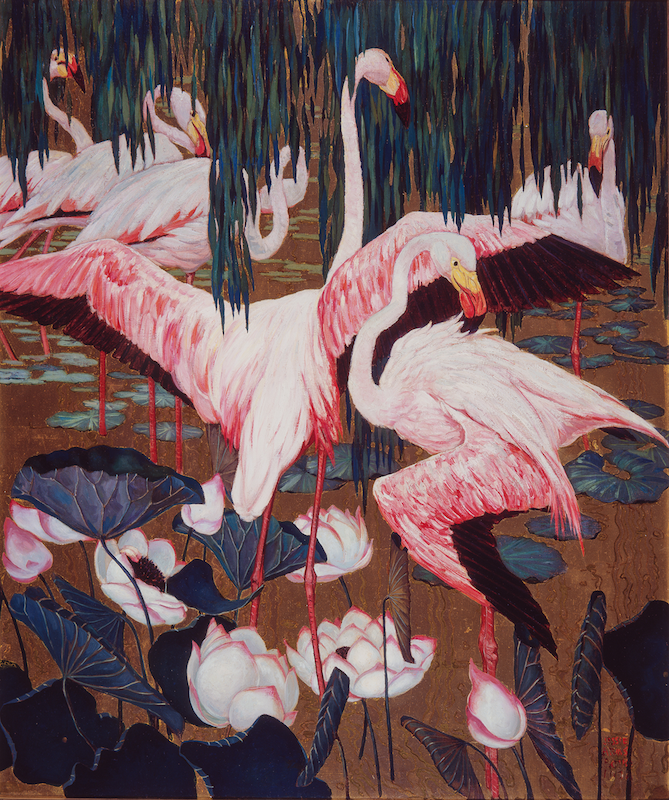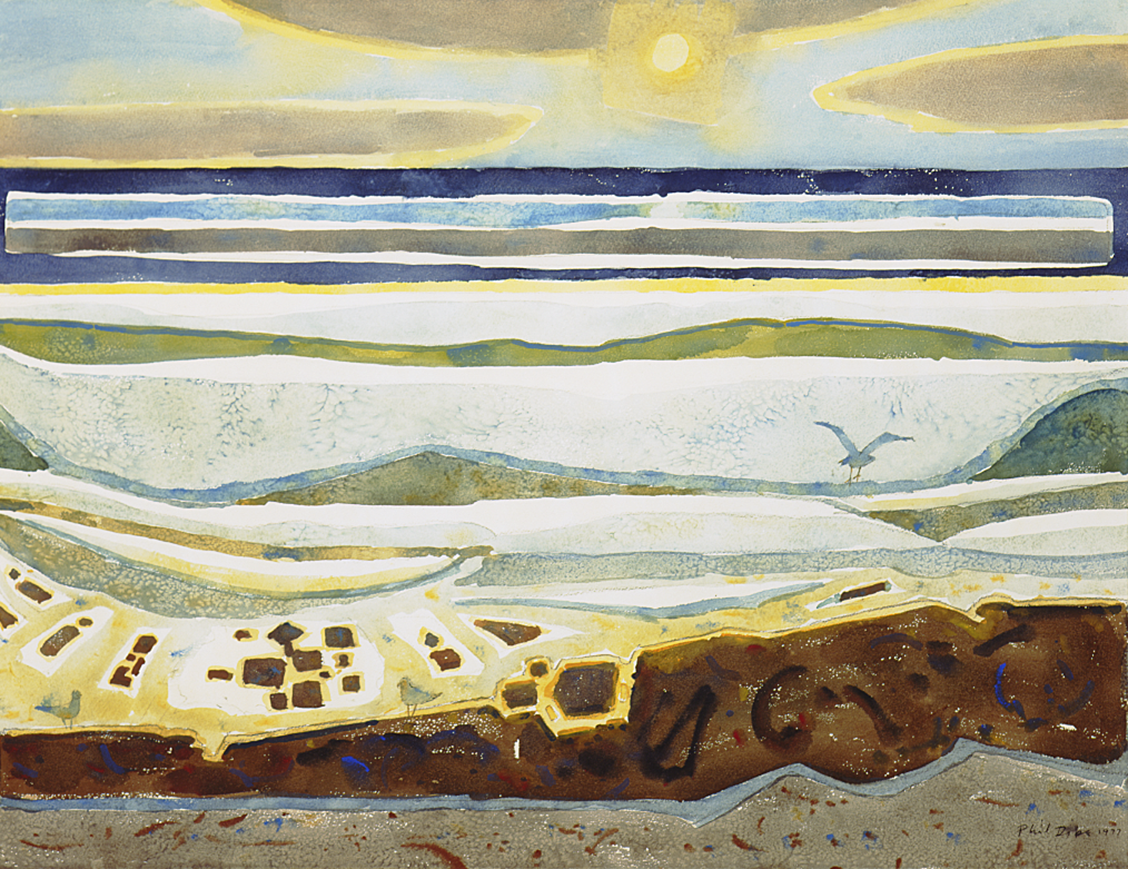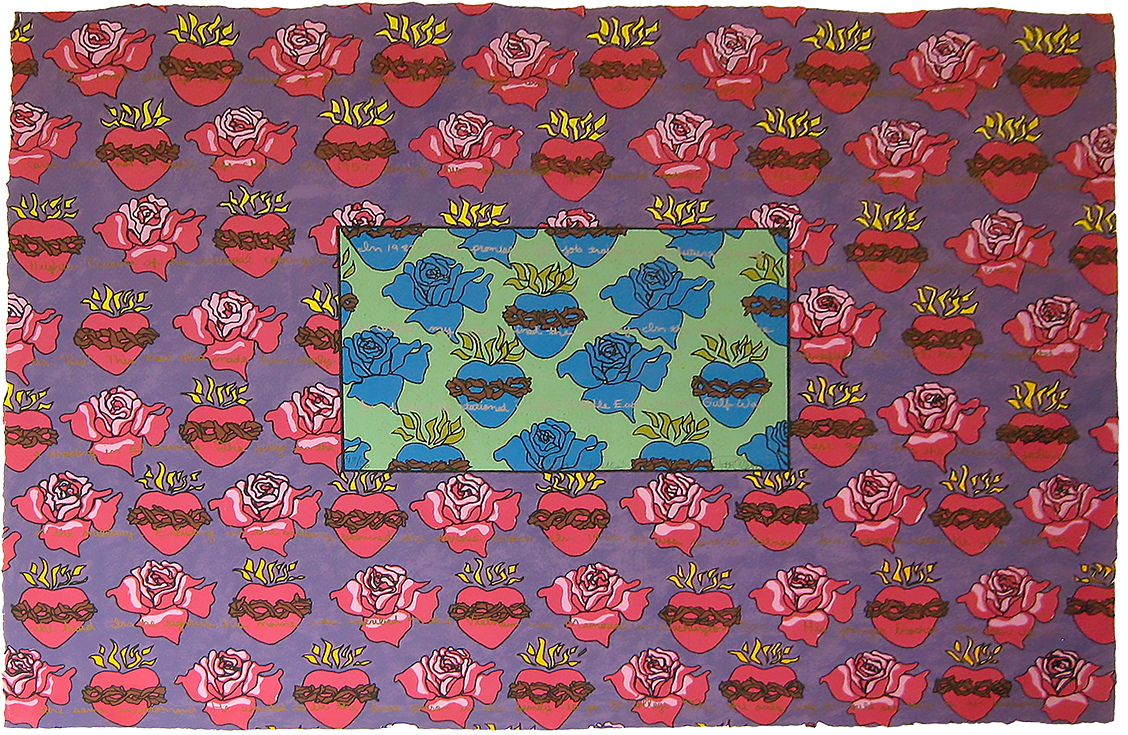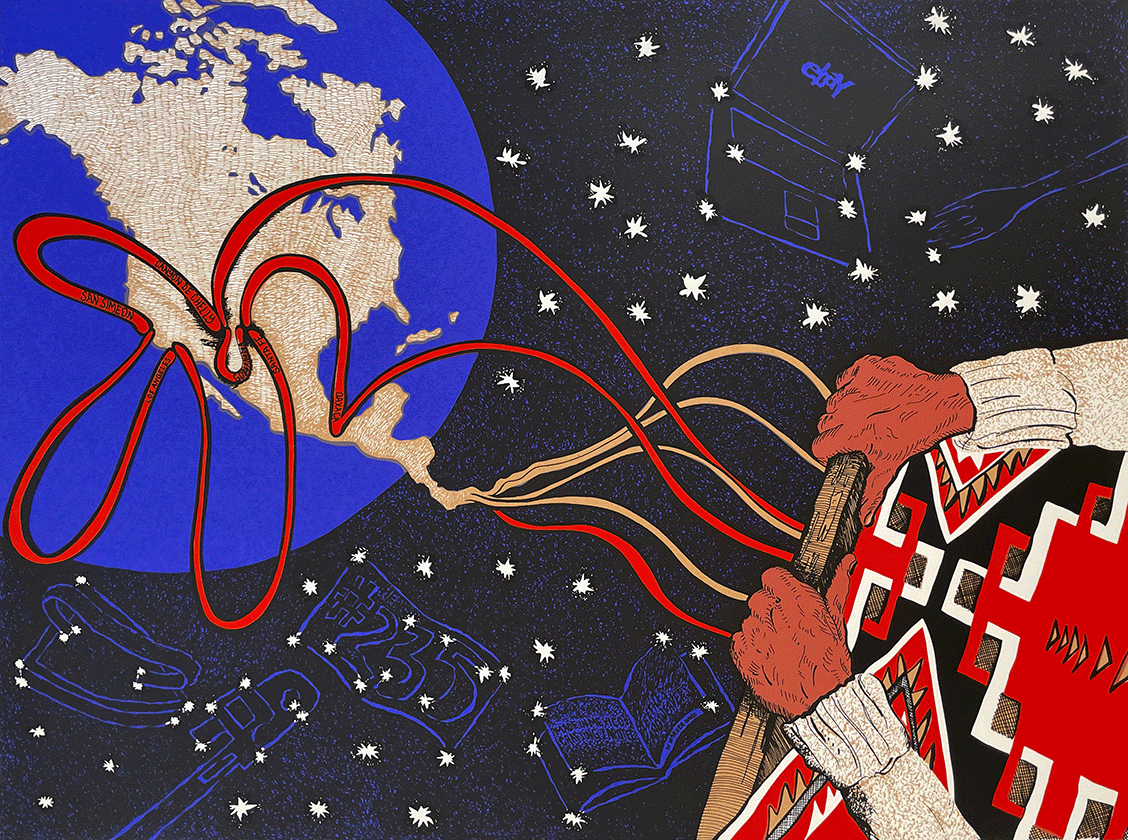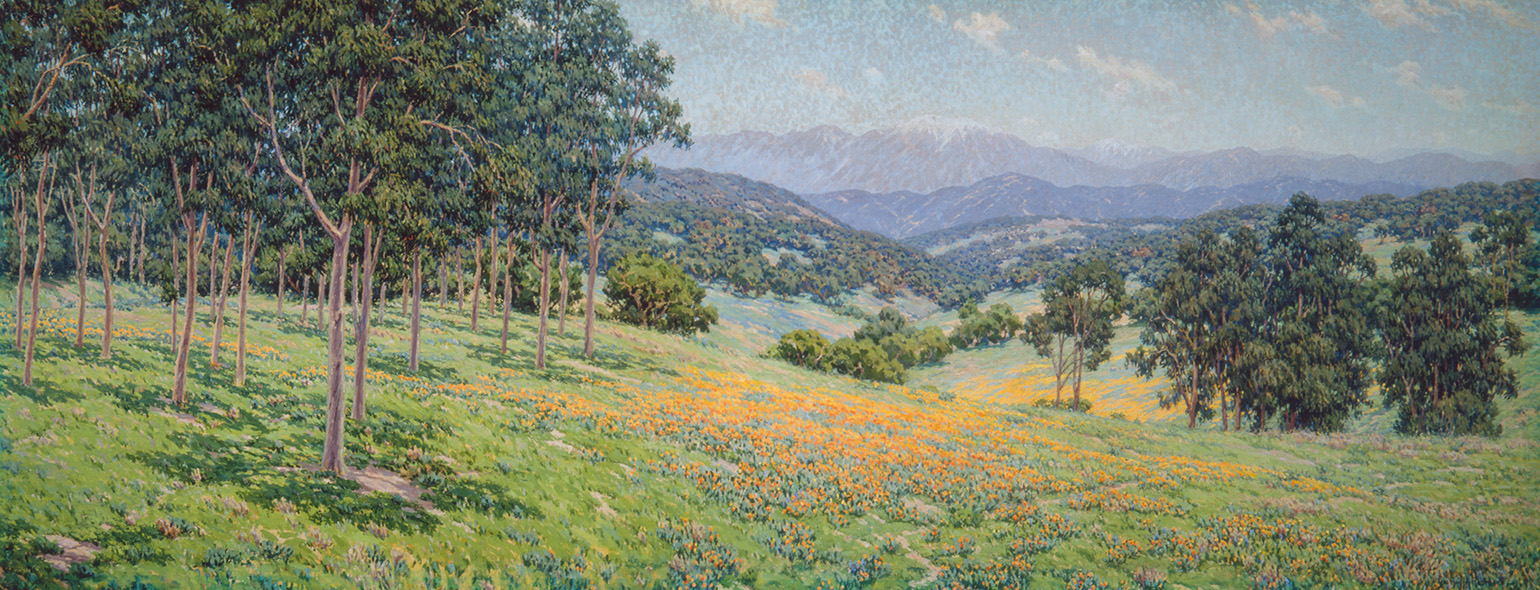
California Landscape with Flowers
Granville Redmond
In Southern California rain is a big deal. Like most natives, I am accustomed to 75° and sunny, wide blue-sky days. So, when the skies turn heavy and gray and open up in repeated torrential downpours of atmospheric rivers, I am beside myself. Of course, the parched earth needs this rain desperately and I also always enthusiastically temper my complaints about the rain with an acknowledgment of its much-needed replenishment.
I also know that with this kind of rain comes an excellent Super Bloom. These wildflower events in which giant swaths of electric orange, poppies, and playful yellow mustard flowers coat entire vast hillsides are a uniquely Southern Californian experience. They mark the coming of spring with exuberance. Because spring in SoCal is a quick blip, those few days when you don’t need heat or AC at night, the Super Bloom also offers a hopeful optimism for being in the present moment. It brings a sense of renewal and re-devotion to being rooted here, confirming our love of the bright quintessentially California sunny day, and the lifestyle it affords. It is after all so embedded in our collective psyches.
Although this work was created almost 100 years ago, in California Landscape with Flowers Granville Redmond tapes into that same exuberance. This wide-open vista is deliberately horizontal—a view that almost cannot be taken in all at once, but rather evokes the feeling of being engulfed by, or swallowed up in its splendor. It’s no wonder Redmond’s paintings of poppies were often his most popular, despite his love of painting dark, brooding nocturnes. Each of Redmond’s expressive brushstrokes is imbued with that declarative joy of being present here in Southern California in the Spring, in all of its sensorial glory.
Cassandra Coblentz

